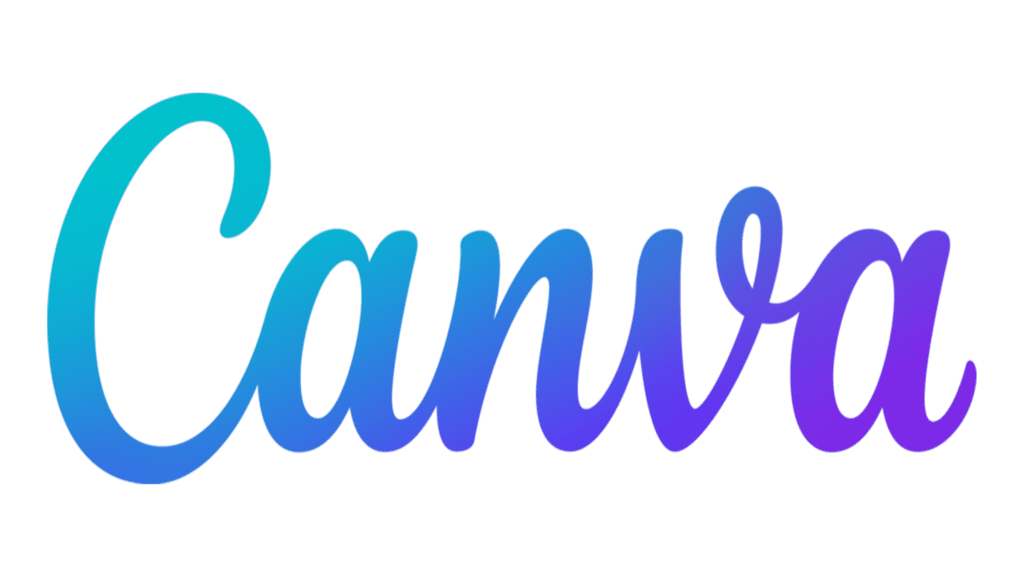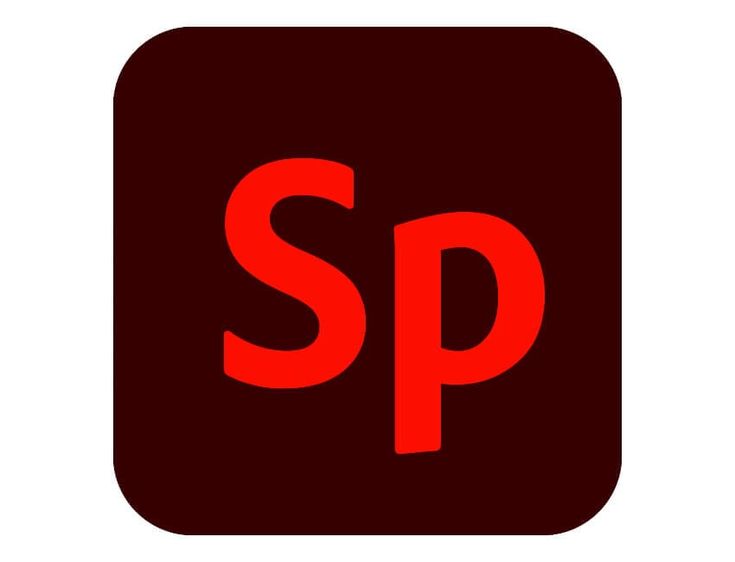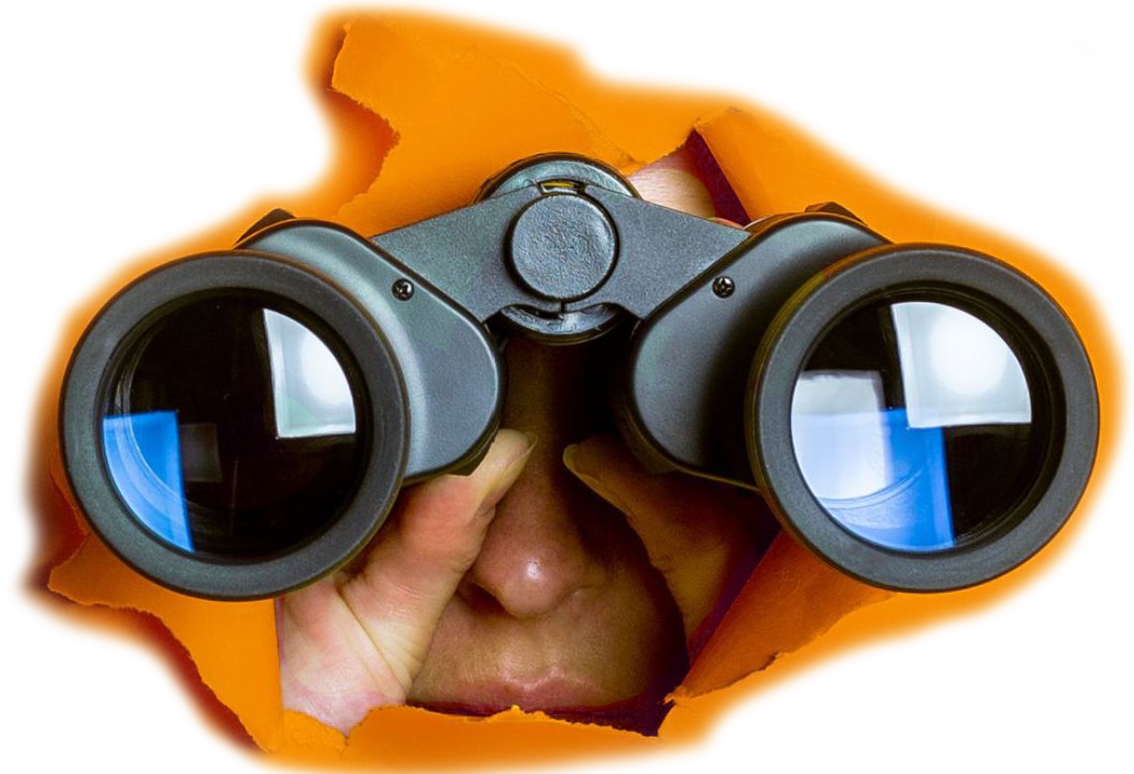SEO is no joke. If you’re not doing everything you can to optimize your website and content, you’re losing out on a significant opportunity to reach new customers. But what about image SEO? Are you taking advantage of all the options available to you there? This blog post will give you 12 actionable tips for improving your image SEO. Keep reading to learn more!
“A brand for a company is like a reputation for a person. You earn reputation by trying to do hard things well.”
-Jeff Bezos
What Is Image SEO?
Image SEO is the optimization of images for web search engines. Image SEO aims to boost an image’s visibility in search engine results pages (SERPs). Image SEO strategies can help improve your website’s ranking and provide an attractive and engaging user experience.
Common factors that can affect the ranking of an image in search results include the file name, the alt text, the title, the caption, and the description. To ensure that your images are being seen and ranked by search engines, it is important to optimize all of these elements.
Why You Need Image SEO Strategies
Businesses need to start doing Image SEO strategies because it’s a key element of SEO that can help improve your site’s ranking. By following a few simple tips, you can ensure that your images will help to improve your site’s ranking while also providing an attractive and engaging user experience.
When you start to focus on Image SEO, your ROI will increase because you will be able to improve your site’s ranking and attract more visitors. By following a few simple tips, you can ensure that your images will help to improve your site’s ranking while also providing an attractive and engaging user experience.
Here are our top 12 image SEO tips that everyone should follow:
1. Make sure that your images are stored in the right file format.
The three most common image file formats for the web are:
JPEG:
A JPEG is a type of image file that uses compression to save space. This makes them ideal for use on the web, where file size is often important. JPEGs are also often used for digital photos.
JPEGs are made up of pixels. A pixel is the smallest unit of an image that can be displayed on a screen. When you zoom in on a JPEG, you will see the individual pixels that make up the image.
GIF:
GIF stands for Graphics Interchange Format and is a file format used to store images. GIF files are usually compressed and can be either animated or static.
GIFs can be used to create animated images. These images can be played back in a sequence, similar to how a video file is played. Animated GIFs are often used on the web to create simple animations.
PNG:
PNG is a graphic file format that uses lossless compression. This means that the image quality is not degraded when it is compressed and saved as a PNG file. PNG is supported by most graphics programs, including Adobe Photoshop, Corel Paint Shop Pro, and Microsoft Paint.
One advantage of PNG over other file formats is that it supports transparency. This means that the background of an image can be made transparent so that the image can be placed on top of another image or background.
Each of these formats has its own benefits and drawbacks, so you’ll need to choose the one that’s best suited for your needs.
2. Always compress your images before uploading them to your website.
Image files can be large, which can slow down your website’s loading time. By compressing your images, you can reduce their file size without sacrificing quality.
Here’s how you can compress images:
- When you are creating or editing images for your website, it is important to make sure that you are using the smallest file size possible. This will help reduce page load time and make your website faster and more user-friendly.
- There are a number of ways to compress your images, and the method you choose will depend on the type of image you are working with. For example, JPEG images can be compressed using a tool like Photoshop, while PNG images can be compressed using a free online tool like TinyPNG.
- Once you have compressed your images, you will need to upload them to your website. You can do this via the File Manager in your hosting control panel, or you can use an FTP client to upload the files directly to your server.
- Once your images are on your website, you will need to insert them into your web pages. This can be done using the HTML code for your image or by using a WordPress plugin like WP Smush.
Fun Fact: Use an image editing program to resize your images to an appropriate size before uploading them to your site.
Some examples of image editing programs you can use are:
- Adobe Photoshop
- GIMP
- Pixlr
- Canva
- Fotor
- PicMonkey
3. Use descriptive filenames for your images.
When you save your image files, make sure to give them descriptive names that include keywords that are relevant to your business. When it comes to image SEO, having the right filename is key.
A good filename is:
- Short
- Descriptive
- Keyword-rich
A bad filename is:
- Long
- Cryptic
- Doesn’t accurately describe the image
When naming your business’s images, make sure to keep the following in mind:
- Name your images using keywords that accurately describe the image.
- Avoid using long, cryptic filenames.
- Use hyphens to separate words in your filename.
4. Use alt text for your images.
Alt-text is the text that appears in place of an image if it can’t be displayed for some reason. By including relevant keywords in your alt text, you can help improve your image’s search engine optimization.
Why You Should Add Keywords To Your Alt-Texts
- When you use keywords in your alt-text, it helps people who are using screen readers to understand the content of your image. This is important because they rely on the alt-text to get a sense of what the image is about, and to help them navigate the web.
- Additionally, when you use keywords in your alt-text, it helps search engines index your images, which can lead to more traffic to your website.
- Finally, using keywords can help improve the usability of your website overall. When people can find what they’re looking for easily, they’re more likely to stay on your site and continue using it.
5. Make sure your images are of high quality.
In addition to being properly sized and compressed, your images should also be of high quality. This means that they should be clear and free of any visual noise or artifacts.
Why Is It Important To Use High-Quality Images
- One of the most important aspects of any successful SEO strategy is the quality and variety of images on a website. Images not only help break up large blocks of text and make a website more visually appealing to visitors, but they can also help businesses rank higher in search engine results pages (SERPs).
- Search engines like Google use image recognition technology to identify and index images on the internet, so it’s important to make sure that the images you’re using on your website are optimized for search. This means choosing descriptive filenames and alt text, and ensuring that your images are of high quality and relevant to your content.
6. Use images that are relevant to your content.
The images you choose to include on your website should be relevant to the overall topic of your site.
Example:
If you have a business in pet grooming which image will you most like to have on your website?
Option 1: Image of your groomer


Option 2: Image of a Palm trees


Businesses can use images that are relevant to their website’s content in order to better engage their customers. For example, a business that sells clothing could use images of people wearing the clothes they sell on their website. This will help customers connect with the products they are looking at and may encourage them to make a purchase.
7. Add Captions To your Images.
Captions are short pieces of text that appear below an image. By including relevant keywords in your captions, you can help improve your image’s search engine optimization.
There are a number of free tools businesses can use when coming up with captions for their image on their website.
One such tool is Canva, which allows users to create professional designs for free.


Another tool is Adobe Express (Adobe Spark), which helps users create animated videos, social media posts, and web stories.


Finally, Google Photos offers a number of editing tools that businesses can use to improve the quality of their images.


When it comes to creating captions for images, businesses should focus on creating short, concise, and attention-grabbing text. The goal is to capture the essence of the image in as few words as possible. In addition, businesses should avoid using jargon or technical terms that might not be understood by the average reader. Instead, they should focus on using language that is easy to understand and will resonate with their target audience.
Have Your Captions Be Accessible To Everyone
When you’re using images for your SEO, it’s important to remember that not everyone can see and read them. Captions can help to make your images more accessible to disabled people, and by ensuring that your caption is properly formatted and easy to understand, you can make your site more inclusive for everyone.
8. Use image sitemaps.
Sitemaps play an important role in SEO strategies for businesses. They help to ensure that all the pages on a website are indexed by search engines, which can help to improve visibility and traffic. Additionally, sitemaps can help to identify any broken links on a website, which can negatively impact SEO. By using a sitemap, businesses can help to ensure that their website is as visible and effective as possible.
There are a few different types of sitemaps:
- The most common is an XML sitemap:
This type of sitemap lists all of the pages on a website, as well as any other relevant information, such as when the page was last updated. XML sitemaps are designed to be read by search engine crawlers, which use this information to index websites.
- Another type of sitemap is an HTML sitemap.
This type of sitemap is usually designed for human users, rather than search engine crawlers. HTML sitemaps typically list all of the pages on a website in an easy-to-navigate format. This can be helpful for visitors who are looking for specific information on a website.
Sitemaps are just one part of a larger SEO strategy. In order to improve visibility and traffic, businesses should also focus on other elements, such as keyword research, link building, and creating quality content. By using a combination of these strategies, businesses can improve their chances of ranking high on search engine results pages.
9. Optimize your thumbnails.
Thumbnails are small versions of your images that are used in places like image search results and social media sites. By making sure that your thumbnails are properly sized and compressed, you can improve their quality and make them more likely to be clicked on.
Some excellent examples of perfect thumbnails businesses should emulate are those of Airbnb and Uber. When looking at their respective websites, you can see clear, concise, and well-designed thumbnail images that perfectly represent the service being offered.
Branded thumbnail
This is a thumbnail that uses the company’s logo or some other branding to help people identify the company. Branded thumbnails are great for when people are searching for your company specifically.
Product thumbnail
This is a thumbnail that focuses on a specific product that your company offers. Product thumbnails are great for when people are looking for a specific product or service that you offer.
Both of these thumbnail ideas show how important it is to have an effective thumbnail image for your business. It should be something that perfectly represents what you do and tells people, in a quick and concise way, what they can expect from your service. If you can get this right, you’ll be well on your way to having a successful online business.
Some examples of horrible thumbnail business practices are:
- Having too much text on the thumbnail
- Using clip art or other generic images
- And not having a clear CTA
The final tip we have to make sure that your thumbnail is effective is to include a clear call-to-action. This could be something like “Click here to learn more” or “Download now.”
10. Avoid using stock photos
Using stock photos for your business’ image SEO can have disastrous results. Stock photos are often overused by businesses, and as a result, they can lose their effectiveness in helping your site rank higher on search engine results pages. Additionally, using the same stock photo as another business can actually hurt your site’s ranking as well.
Avoid these common pitfalls by being selective in the stock photos you use for your business. Use only high-quality, original photos that help represent your brand in a positive light. Additionally, be sure to properly tag and caption your photos so that search engines can index them properly. By taking these precautions, you can ensure that your stock photos are working for your business, not against it.
There are a number of websites that offer free photos that aren’t stock photos. A few of these websites are listed below:
- Pexels is a website that offers free photos that can be used for personal or commercial purposes. The photos on Pexels are high-quality and royalty-free.
- Unsplash is another website that offers free, high-quality photos. The photos on Unsplash can be used for commercial or personal purposes.
- FreeImages is a website that offers free photos for both personal and commercial use. The site has a large selection of high-quality photos.
11. Use images that are relevant to the location of your business
If you have a brick-and-mortar store, you’ll want to use images that show your store’s exterior or interior. If you have an online business, you’ll want to use images that are relevant to the products or services you offer.
Can You Use Images That Aren’t Relevant To Your Location Of business Effect You?
Yes, if you’re not using images relevant to where your business is located you’re doing yourself a disservice. Not only will you miss out on potential customers who are specifically looking for businesses in their area, but you’ll also be less likely to show up in local search results. Make sure that all of your images are tagged with the correct location, and include keywords that relate to your business and the area in which it is located.
12. Make sure your images are accessible to everyone
One of the goals of image optimization is to make sure that your images can be accessed by everyone, regardless of their device or browser. This means using standard image formats and making sure that your images have appropriate alt text.
Making your images accessible to everyone is critical for your SEO strategy to succeed. By optimizing your images for the web, you can ensure that they will be seen by as many people as possible, which will help to improve your site’s ranking. Additionally, accessible images are more likely to be shared on social media, which can help to drive traffic to your site.
13. Use a content delivery network (CDN)
A Content Delivery Network, or CDN, helps businesses to deliver their content quickly and reliably to their customers around the world. By using a CDN, businesses can improve the performance of their website and ensure that their users have a smooth and enjoyable experience.
Two Benefits Of Using Content Delivery Network (CDN)
- One of the benefits of using a CDN is that it can help to improve your website’s SEO. This is because a CDN can help to improve the speed of your website, which is an important ranking factor for Google.
- A CDN can also help to improve the reliability of your website, which is another important ranking factor.
When Should You Start Creating An Image SEO Strategy
Image SEO is often overlooked by businesses, but it is a crucial element of SEO.
Businesses should start an Image SEO strategy as soon as they launch their website. By optimizing your images from the beginning, you can ensure that your site will rank higher on search engine results pages and provide a more engaging user experience.
Make Your Website Images Accessible To Everyone


When creating or optimizing images for your website, it’s important to keep in mind the needs of disabled users. Many people with disabilities rely on assistive technologies such as screen readers and magnification software to access the web, so it’s important to make sure that your images are accessible to them.
Here are 4 tips for targeting disabled users when optimizing your images:
- Use descriptive alt text. When an image cannot be displayed, the contents of the alt attribute will be read aloud by screen readers, so it’s important to make sure that your alt text is clear and descriptive.
- Use longdesc attributes if necessary. If an image is complex or contains a lot of information, you may want to consider using a longdesc attribute to provide a more detailed description. A longdesc attribute specifies a hyperlink to a detailed description of an image.
- Use caption tags. Captions can be read by screen reader users and are generally helpful for all users, so including them can be a great way to make your images more accessible.
- Use the title attribute wisely. The title attribute will be read aloud by screen readers, so make sure that it adds to the understanding of the image rather than repeating what is already stated in the alt text.
Following these simple tips will help you to optimize your images for the web and improve your SEO. By taking the time to ensure that your images are properly optimized, you’ll be able to attract more visitors to your website and improve your chances of ranking higher in the search results.
So what are you waiting for? Start following our top 13 image SEO tips to help your website rank higher and provide a more engaging user experience. And don’t forget, if you need any help along the way, we’re always here to support you. Make sure to sign up for our newsletter so that you can stay up-to-date on all of our latest blog posts and tutorials!




